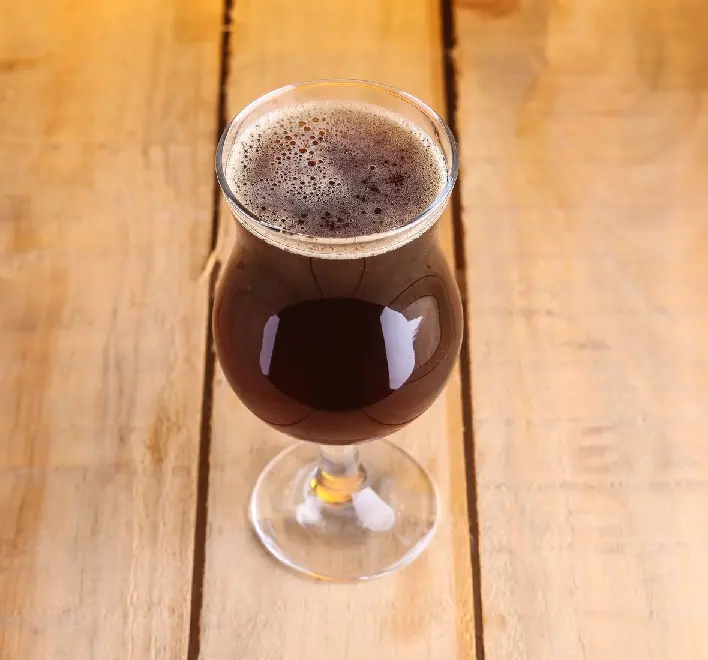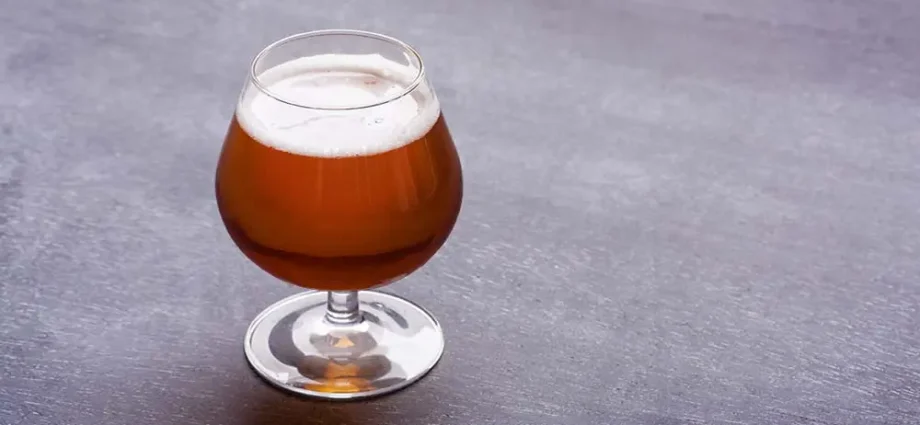This style is slightly different from the “colleagues” in that we know the exact time of its appearance – 1972. It was then that the Bass No. 1 brand began to be called barleywine, then this name was transferred to the products of other manufacturers. Until 1951, the style was exclusively dark, then its light variation appeared. Although historically an English variety, it is now produced in many European countries. Due to its exceptional strength, barleywine is especially popular in winter.
A distinctive feature of barleywine is an increased degree, unusual even for strong ales. The finished beer does not remain static, it changes with age. Despite certain signs of style, they are not strictly maintained and are not present in all samples. For example, pale varieties will not have caramel malt.
The name of the style – Barley Wine – translates as “barley wine” and indicates a strength that is not typical for a malt drink. Barleywine has a rich and complex bouquet with a bright malt profile, fruit tones are felt in the taste, and a distinct port wine flavor appears in aged samples. This is a full-bodied, well-warming drink with a pronounced degree.
Depending on the malts used, notes of caramel, toffee, dried fruit, bread, biscuit, toast, molasses can be felt in the aroma. Hops can show up as nuances of earth, flowers, jam, but this profile is not at all obvious. Alcohol is not felt sharply, it does not burn, but warms. With aging, the alcohol becomes softer, and the drink as a whole becomes less malty and more “wine”. In accordance with this, the finish also changes, moving from sweet to dry. The hop profile can only set off the malt, but it can also act as an equal “participant” in the bouquet.
Barleywine can be anything from gold to chestnut. The drink forms a moderate dark foam in the glass. This is a thick ale that leaves “viscous” streaks on the walls of the glass.
The drink has a pleasant velvety texture, carbonization is almost not felt, alcohol gently warms. However, these characteristics, like others, largely depend on the manufacturer and aging of the variety.
The basis of the grist is light malt, the additional variety is caramel. Some brewers also use dark malt, but this is not required. Barleywine becomes dark not so much as a result of the use of special varieties, but due to long cooking. English hops and yeast are preferred.
The English Barleywine is similar to its American counterpart, only less hoppy and more malty. There are similarities with the old ales.

Strength: 8.0-12.0%.
Density: initial 1.080-1.120, final 1.018-1.030.
Bitterness Index: 35-70 IBU.
Color: 8-22 SRM.










